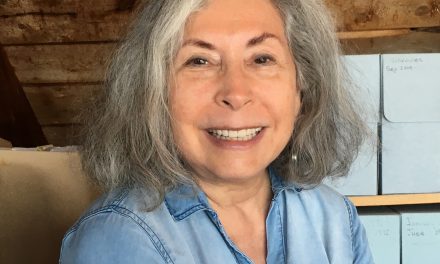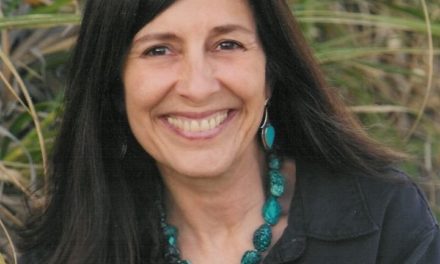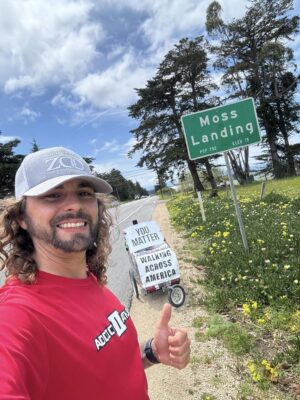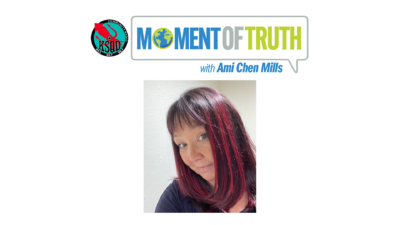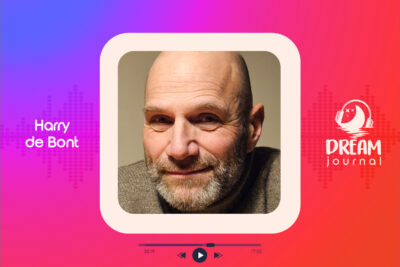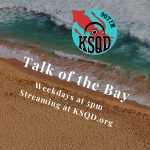
Picture Credit: Roman Kraft
Here is a feature produced by science communications intern, Jesse Kathan.
Transcript
Keeping up with the news these days can be difficult, especially when it comes to COVID-19.
Whether it’s how the disease spreads, how to prevent its transmission, or what treatments are effective, finding trustworthy information can be a full-time job. For KSQD, I’m Jesse Kathan.
Part of why it’s so difficult to stay up to date is that the pace of science has sped up. Usually, infectious disease research is a painstaking process, with experiments and analysis taking place over a period of months or years. The crisis of the epidemic has sped up that process to weeks. That shortened timeline allows health officials to take advantage of new information and new treatments as quickly as possible. But it also means that definitive facts about the virus are still being established.
Irion: This is a very fast moving field. It’s brand new epidemiology. This is a brand new virus that the community hasn’t seen before. You really don’t know how it behaves, we really don’t know how it’s going to affect the population over a period of a month.
Rob Irion is the professor emeritus of the UCSC Science Communication program. He says a major issue right now is that many of the scientific studies being reported on are pre-prints, preliminary papers that haven’t yet been reviewed by other scientists. Usually, scientific studies are only reported on after they’ve gone through several rounds of editing and peer review.
Irion: What’s happening now with all of the COVID-19 research, is the peer review isn’t happening right away because it takes time for the scientific community to examine research findings from different groups and from different universities and medical centers. So instead, we’re seeing what amounts to unfiltered first draft papers, if you will, and You’re right, they are in many cases very conflicting. You can regard these as preliminary findings that still need to be vetted.
One preprint that garnered global attention was a study put out by Stanford researchers Jay Bhattacharya (battacharia) and Eran Bendavid (bendayvid, which suggested that the number of people in Santa Clara County infected with COVID could be up to 80 times higher than county data showed, and the mortality rate much lower than previously thought. After an interview on ABC Nightly News, Diane Sawyer noted:
Sawyer: These scientists have shown it’s possible to move quickly and carefully, and get some real information right now.
But within days, multiple epidemiologists and data scientists came forward, saying the study was flawed and irresponsibly published. Cornell statistician Andrew Gelman wrote a blog post criticizing the paper’s analytic approach, writing,“I think the authors of the paper owe us all an apology.” By that time, the initial paper had been covered by newsrooms around the world.
Irion: The challenge is that many media outlets are covering these first draft papers as if they are comprehensive, as if they are definitive when really they’re not. So the next day or the next week, when people start disagreeing, when other findings come out, that seem to be in opposition to what was published earlier, then that is what becomes very confusing.
Reliable knowledge of diseases usually comes from scientific consensus, a collective evaluation based on many studies from many researchers. Irion recommends that, rather than following the blow-by-blow news coverage of individual papers, readers should look to established media organizations that synthesize the results of multiple papers. Studies that appear to have shocking or controversial results, and should be taken with a grain of salt.
Irion: They should really look for summaries of recent research that are written by science journalists and medical journalists, where they answer a variety of questions from the public, and kind of take their time and do a q&a. A lot of media outlets are now accepting questions from readers, and then responding to those questions with the best available public information.
One such outlet is The San Jose Mercury News, which for the past two months has been collecting and answering questions from readers. Other sites with Q and As include The New York Times and Science magazine, both of which are making their COVID coverage available without a subscription.
Although videos and blog posts from armchair epidemiologists are readily available, and can seem convincing, they’re often filled with outdated or inaccurate information.
Irion: The worst thing to do is to just pay attention only to social media because the the the posts that people put on Twitter, on Facebook, on Instagram and on the other social media platforms, those are very quick, very reactive, usually very biased, and pretty much unreliable when it comes to something that you should act upon.
From Santa Cruz, this is Jesse Kathan for KSQD.


